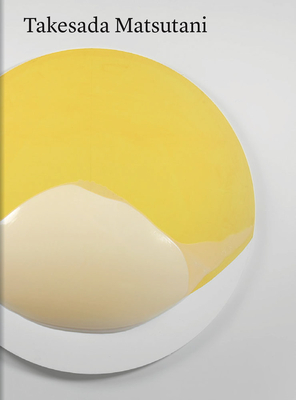
description
4
An elegantly designed, career-spanning book on Gutai artist Takesada Matsutani, whose paintings unite organic and avant-garde aesthetics
Accompanying a major survey on Japanese-born, Paris-based artist Takesada Matsutani (born 1937) at the Centre Pompidou, this volume reproduces works from 1958 to 2019.
In the late 1950s, Matsutani combined classic nihonga painting with surrealist influences, before evolving toward informal abstraction, and a decidedly Guta style. Matsutani was accepted into the Gutai group in 1963 by its founder, Jiro Yoshihara, who was attracted to his abstract paintings with their surfaces covered with gaping blisters obtained from a process of his own invention using vinyl adhesive. He thus commenced a dialogue with organic matter, the foundation of his future work. In 1966, he moved to France where he rediscovered a spiritual approach influenced by Shintoism and Buddhism. In 1977 The Streams series began, using broad strips of paper, graphite and sumi ink. It was not until 2015 that color played a key role in his work again, with unusual tondo formats. Opening with an introduction from Centre Pompidou Director Bernard Blist ne and President Serge Lasvignes, the book continues with an essay by the museum's Chief Curator Christine Macel. Val rie Douniaux, who has been working with the artist's archives since 2014, surveys the Stream works. Writer Yves Peyr offers a poetic view of the artist's work in relation to Japanese traditions. Finally, Toshio Yamanashi, Director of the Osaka National Museum of Art, contributes an essay focusing on the main themes of Matsutani's work.member goods
No member items were found under this heading.
Return Policy
All sales are final
Shipping
No special shipping considerations available.
Shipping fees determined at checkout.







